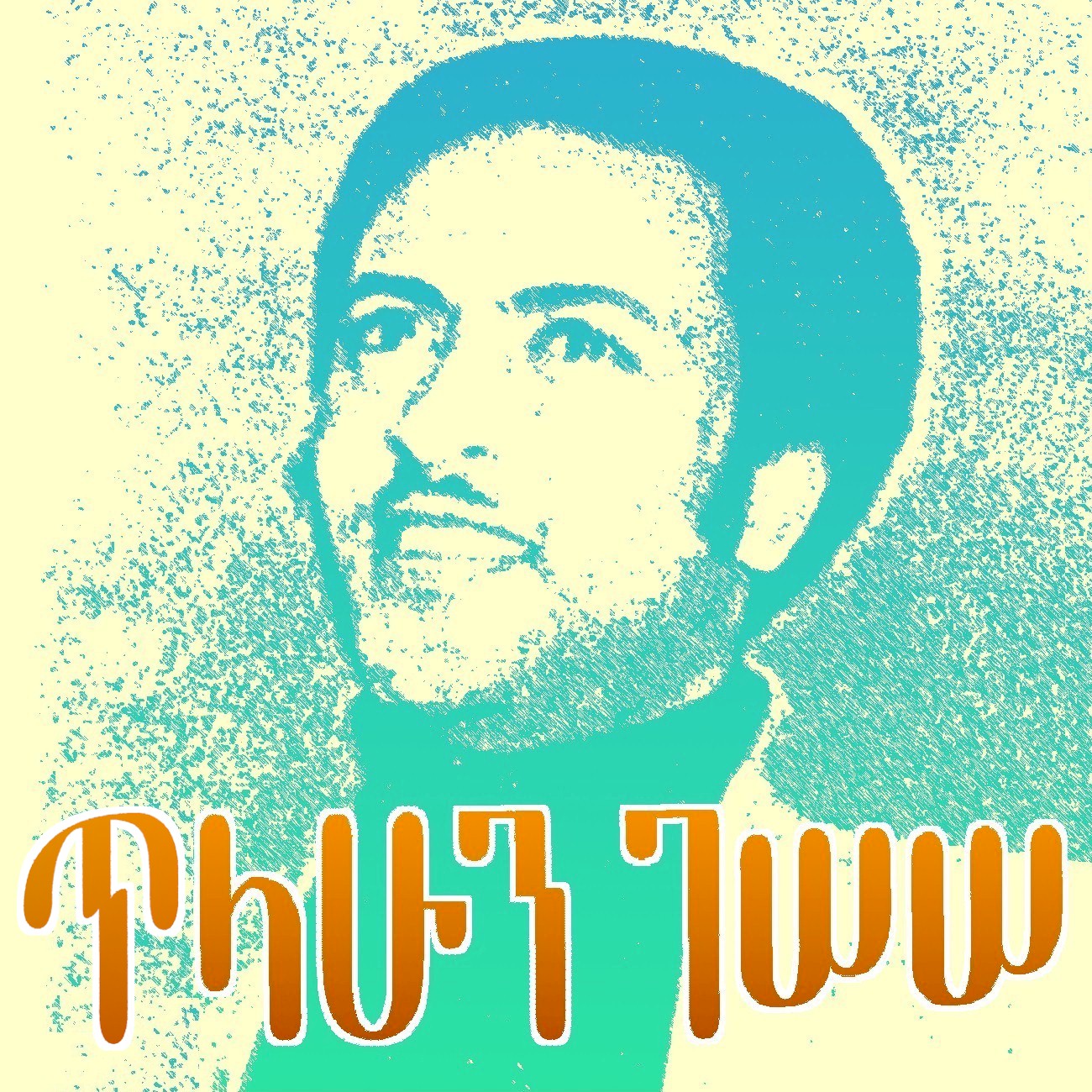4 ባህል አንፀባራቂዎች
4 bahəl anṣäbaraqiwočč
4 Cultural stars
ልዩ የባህል ዘፈኖች በካሴትና በቪዲዮ ክር ከአምባሰል
ləyyu yäbahəl zäfänočč bäkasetənna bävidiyo kərr kä-ambasäl
Extraordinary traditional songs on cassette and on video cassette from Ambassel
ይርጋ ዱባለ
yərga dubbalä
Yirga Dubale
ራሔል ዮሀንስ
rahel yohannəs
Rahel Yohannes
ዳምጠው አየለ
damṭäw ayyälä
Damtew Ayyele
ማሪቱ ለገሠ
maritu läggäsä
Maritu Leggese
Yirga Dubale, an iconic masinko player, raconteur, and poet, left a lasting musical legacy when he died from nerve damage last week aged 82. Over the course of his career, which spanned more than 60 years, Yirga strived to broaden the exposure of Amharic folk and patriotic music with an intensely communicative style. With current of lyricism that expresses solidarity with the poor, he had an active role in preserving and promoting the Gondar’s Azmari tradition.
Born in Koza Belesa of Gondar region in May, 1929, Yirga developed an interest in music at an early age. His father, Likke Mekuas Dubale Negash, was a celebrated music player who demonstrated to his son the deep pleasure of music. Yirga started playing maskino (a violin-like instrument) at an early age of ten. At twelve, he left his family and headed to Gondar town, beginning an itinerant life. Over the next few years, Yirga honed his skills and began to make a name for himself performing in cabarets and public places.
In 1947 the young musician came to Addis Ababa and joined the Armed Force Band but he was disappointed by the low pay and went back to Gondar. However, he was caught and made to return. He once said in an interview that despite all this, he was well-liked by members of the army and the imperial regime. “I was showered with gifts of guns and colts which I later sold for Humera and Metema merchants,” he said.
Years later, Yirga spent a year in Asmara, singing at a bar in what soon became a popular draw on the city’s music scene. Among the audience members was a military general, Aman Mickael Andom, commander of the Third Division in the Emperor’s Army. He liked Yirga so much that he soon had him in a mission to inspire and cheer the fighting forces of the country. Yirga was taken to the far battle fields of Eritrea to chant for the army, receiving applauds. Days later, to his surprise, he found himself performing in front of the Emperor who came to greet the army in Mitistwa. The occasion was broadcast by radio and brought him tremendous fame. In 1971, Yirga was awarded the King’s First Class Order of Merit Award from Colonel Tamrat Yigezu. One of his achievements was forming a musical group in Gondar town, the Fasiledes Musical Group. As a much-loved teacher for years he taught many of today’s leading musicians.
With the coming of the military regime, Yirga left the country and moved to Israel. The departure proved a fruitful move for the musician as he soon found himself performing in Israel, Europe and America for the expatriate Ethiopian audience.
In 1991 he was back in Ethiopia to begin a gentle climb through the national music. He’s had many appearances in grand events. Unfortunately, a nerve breakdown eight years ago left the masinko player paralyzed, which he blamed on a betrayal of the business partner when he was trying to open a club in Haya Hulet area.
A likeable man with a disarmingly easy-going manner, Yirga retained a large fan base. He was recently awarded Lifetime Achievement Award by the Gondar Development Association. He is survived by his wife, to whom he was married for 46 years, and his six children.
Yirga Dubale (ይርጋ ዱባለ) - Yäberr Awdemma (የብር አውድማ)
Yirga Dubale & Maritu Legesse (ይርጋ ዱባለ & ማሪቱ ለገሠ) - Yekätalsh Ayne (ይከተልሽ አይኔ)




















